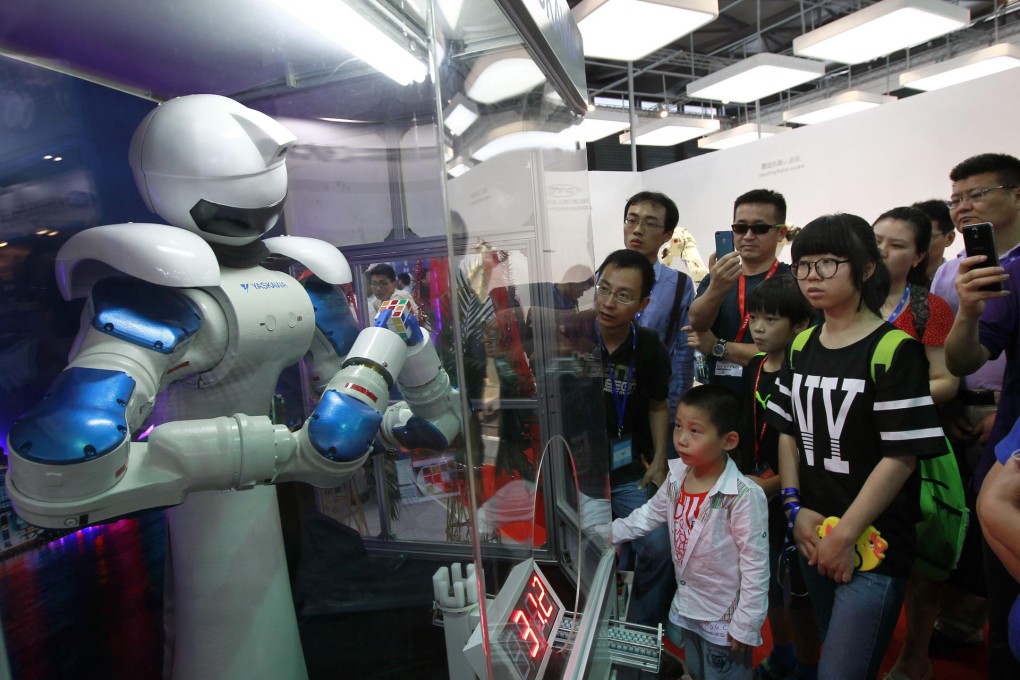The View | End of the line for China's low cost manufacturing model?
If low-end production can be done by robots, developing nations might have to skip China's export model and jump straight to a service economy

In retrospect, the big investment calls seem so easy. Like the commodities bubble: the economy of a hugely populated country (China) is accelerating; this same economy's money supply is growing in double digits annually; millions of farmers are moving to the cities every year. Of course demand for iron ore, nickel, etc, will take off.
For many, figuring out the next macro-trend on the horizon is the same as determining who the next China will be.
But what if history ends with China? What if, in a Francis Fukuyama sort of way, a particular history is set to end - that of the export-oriented growth model.
China's path to prosperity is one many countries have taken since the dawn of the industrial age: first, attract foreign investment by offering cheap land and ample labour; then plough export earnings into further industrialisation projects, raising productivity and thus wealth.
Eventually capital moves elsewhere, in search of the next low-cost manufacturing base. Perhaps India, with its billion-strong population, will be the successor "factory of the world". Or some country or region of Africa.
When China invests heavily in a sector, it can do so on a mindboggling scale
So far, however, there is no obvious successor to China. And some futurists argue that the game is up - that low-end manufacturing can be done by machine instead of man. In this line of thinking, China is not only the last in - it is helping to close the gate by contributing to an overinvestment bubble in robots.
